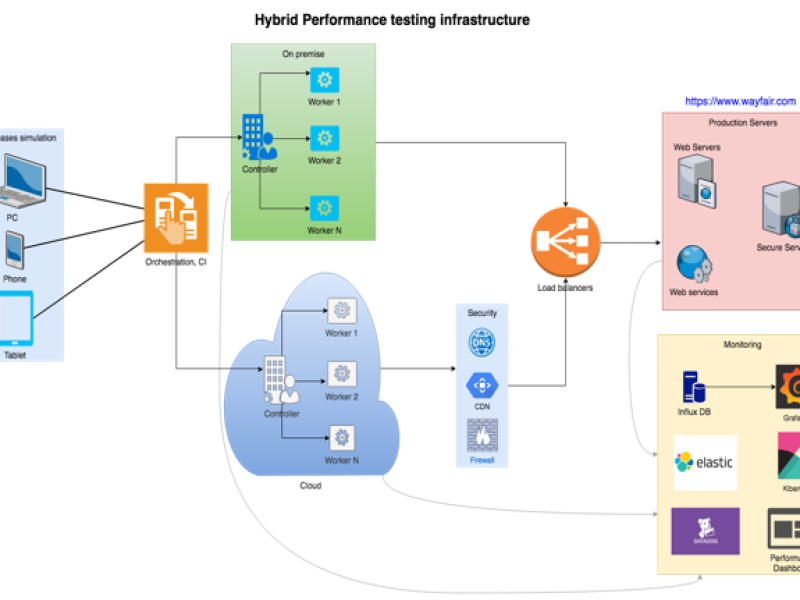Out of a zillion options, customers want to find the one item perfect for them. The recommendations team makes that happen by leveraging advanced machine learning techniques and our immense datasets to provide ever improving recommendations. A key step in this process is experimentation, i.e. the design, launch and analysis of A/B tests to understand which algorithm provides the best customer experience. This blog post describes a simulation tool our Analytics team has built and used prior to every test launch. This tool has improved our test success rate and testing velocity dramatically, and led to new insights/improvements of our recommendations.
10 Min Read
Tests are an invaluable tool for me and my team, I consider them to be a key piece of my engineering toolbelt that I’ve built up over the years. At Wayfair, teams use tests to maintain code quality, as a test-driven development tool, and as a way to self-document new features. All of this utility is possible when you have a set of tests, a “test suite”, which can be trusted; a test suite that works as advertised by producing consistent results.
12 Min Read
At Wayfair, we pride ourselves on our speedy response times to issues during heavy web traffic to ensure a smooth customer experience. As we scale and continue adding products to our catalog, it is imperative that our backend infrastructure is able to handle increased traffic, especially during retail peaks and promotional sales.
6 Min Read
A little over a year ago, I found myself taking on a unique and exciting opportunity: Building a Python Platform team from the ground up. Despite its size, Wayfair gives teams a large degree of autonomy in deciding how they operate, which meant we had a true blank slate to start with. Most of my experience has been on product-oriented teams, and this was my first time leading a platform team with purely internal customers. I want to share that journey with you, but first let me give some context around why we needed this team in the first place.
9 Min Read
As Wayfair’s business has scaled, so too has the size of our engineering teams – not to mention the complexity of the software features we’re building. At the same time, moving quickly in the global tech landscape has never mattered more. As a modern tech company, one simply cannot afford to slow down the rate of feature delivery.
6 Min Read









